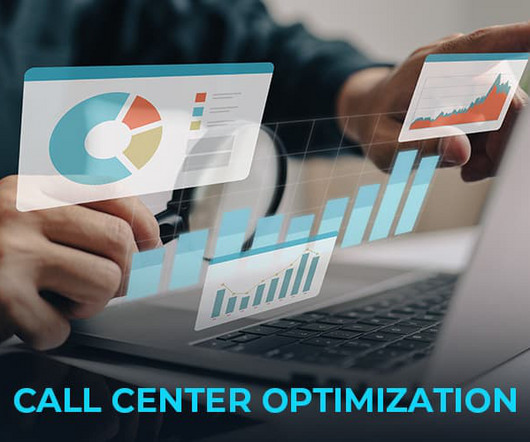Call Center optimization: Tools and best practices to increase performance
NobelBiz
FEBRUARY 27, 2024
When companies implement specific tools and best practices, they can significantly improve their customer experience (CX), increase agent performance, and ensure high-quality service. Through the implementation of quality management processes, call centers can systematically identify, monitor, and address issues in real-time.















Let's personalize your content